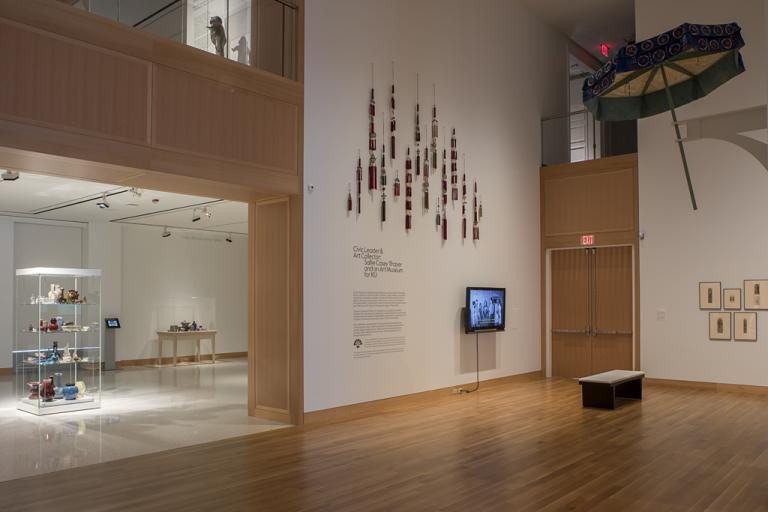The Waitress Oyoshi of the Yamato Tea Shop, Suzuki Harunobu
Artwork Overview
Suzuki Harunobu, artist
circa 1725–1770
The Waitress Oyoshi of the Yamato Tea Shop,
late 1760s, Edo period (1600–1868)
Where object was made: Japan
Material/technique: color woodcut
Dimensions:
Image Dimensions Height/Width (Height x Width): 274 x 202 mm
Image Dimensions Height/Width (Height x Width): 10 13/16 x 7 15/16 in
Sheet/Paper Dimensions (Height x Width): 286 x 213 mm
Sheet/Paper Dimensions (Height x Width): 11 1/4 x 8 3/8 in
Mat Dimensions (Height x Width): 19 x 14 in
Image Dimensions Height/Width (Height x Width): 274 x 202 mm
Image Dimensions Height/Width (Height x Width): 10 13/16 x 7 15/16 in
Sheet/Paper Dimensions (Height x Width): 286 x 213 mm
Sheet/Paper Dimensions (Height x Width): 11 1/4 x 8 3/8 in
Mat Dimensions (Height x Width): 19 x 14 in
Credit line: William Bridges Thayer Memorial
Accession number: 1928.7579
Not on display
If you wish to reproduce this image, please submit an image request







